Inverted nipples occur more often than one might think. About one out of every 10 women have them, and that’s about the same percentage of men who have the condition. Inverted nipples indent more than they protrude. They can be on one or both breasts. Many people either don’t care about their nipples being inverted or some people actually like the condition. Board certified plastic surgeons discuss the options and why patients may seek correction.
It’s Not All or Nothing with Inverted Nipples
Some nipples only invert occasionally, and they can reverse to their normal state after changes in temperature or stimulation. Others nipples can be permanently inverted. This means that they’ll remain inverted unless you try to reverse them through one of a number of treatments, both surgical and non-surgical.
Should All Inverted Nipples be ‘Corrected?’
No. In most cases, having an inverted nipple won’t affect you. This natural occurrence doesn’t increase your risk for any health complication. It also shouldn’t affect your nipple sensitivity. If you do want to reverse an inverted nipple for aesthetic reasons, read on!
When we talk about women’s breasts, inverted nipples is one of those subjects that’s very common but it’s not talked about very commonly. A lot of women don’t talk about it, but they wish they had something to fix it. The good news is, there is something. Actually, more than one thing. One option is quick and relatively painless. But another one, which does not require surgery, takes several months to determine if it will work.
Don’t ‘Add On’ Inverted Nipple Surgery with Any Other Breast Surgeries
Jason Cooper, MD, a board certified plastic surgeon in Jupiter, FL, says it’s a fairly easy procedure, but one that shouldn’t be combined with other enhancement surgeries.
“Inverted nipples can be corrected,” Dr. Cooper tells The Plastic Surgery Channel, “but you need to be careful about combining the correction of an inverted nipple with a breast lift or other procedures where you may be taking away some blood supply from the nipple or areola at the time of surgery.”
“Try to just isolate that as a single procedure, and you’ll be much happier and you be much less likely to run into an inadvertent problem related to the nipple repair combined with another breast enhancement procedure.”
All Inverted Nipple Fixes are Not Created Equal
Dr. Melinda Haws, a board certified plastic surgeon in Nashville, TN has a different perspective on why there are different approaches to fixing inverted nipples.
“There’s a lot of different ways of fixing inverted nipples because it’s hard to fix inverted nipples!” Dr. Haws observes. “It tends to be because the ducts are too tight and pull the nipple on the inside. One of the easiest, non-surgical ways to fix inverted nipples is to pierce the nipple and you leave it pierced for six to 12 months.
“And women who have a short duct, they can sometimes pull it out and that works beautifully. And that’s the easiest way for everybody if you’re willing to go around everywhere with a pierced nipple. Not everybody is. Otherwise, there are other surgeries that can nip that duct. But the question is will the nipple try to pull back in again?”
Dr. Haws sees the other side of inverted nipples as well. “I also have patients who like inverted nipples because they never have to worry about nipple show,” she adds.
If Your Nipples Become Inverted in Adulthood, Pay Attention
One important heads up: If one or both of your nipples suddenly flatten or turn inward later in life, speak to your doctor about it. A nipple that changes like this can be normal, but it can also be a red flag for certain breast diseases, including inflammatory breast cancer or Paget disease of the breast, a rare type of cancer that involves the nipple and the areola.
If you were born with them, inverted nipples don’t say anything about your health. You can even breastfeed normally; while babies can have a bit more trouble latching onto an inverted nipple than a protruding one, a little patience while you position yourself and the baby can make it easier for the baby to feed. You can also ask your doctor about special breastfeeding devices, such as breast shells, that help pull out and position an inverted nipple in a way that makes it less difficult for the baby to nurse.




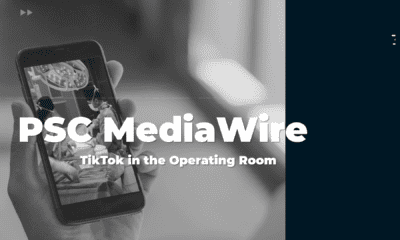

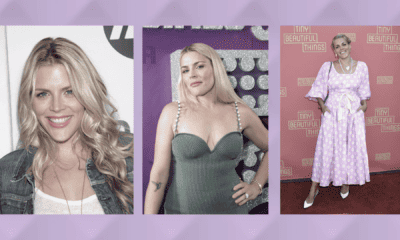
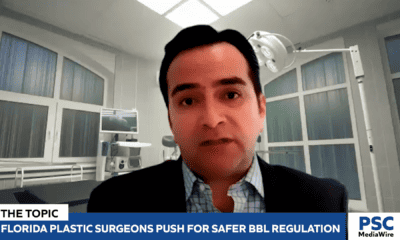
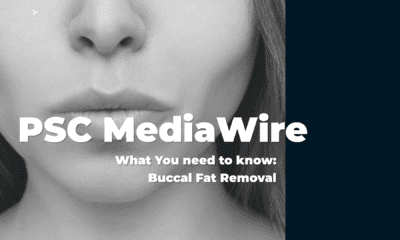
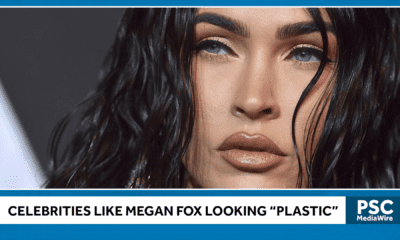

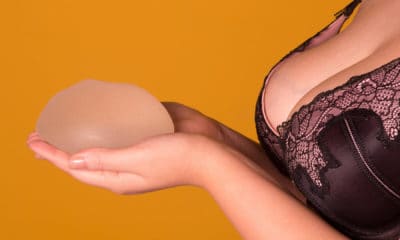
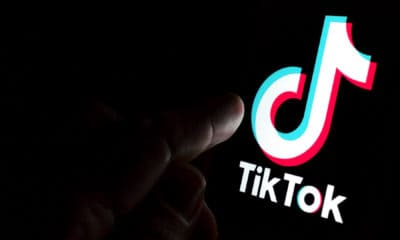




Facebook
Twitter
Instagram
YouTube
RSS